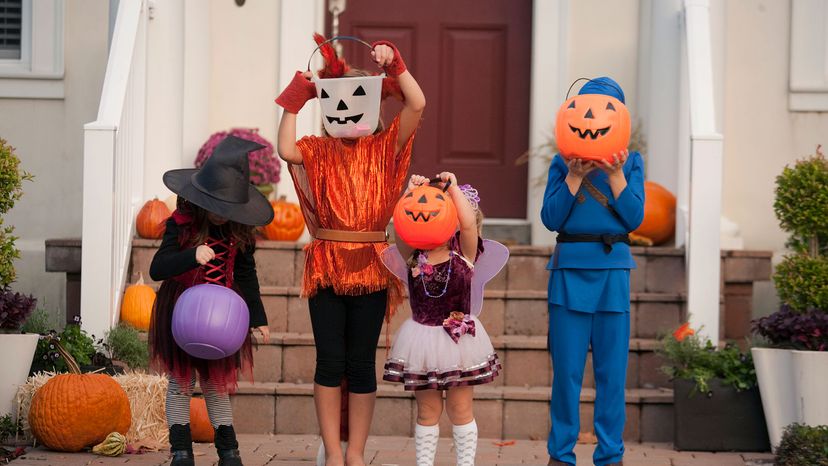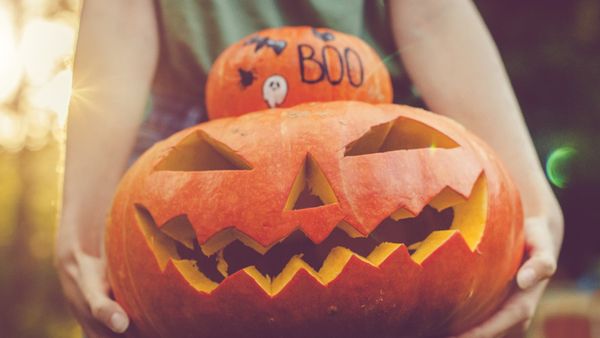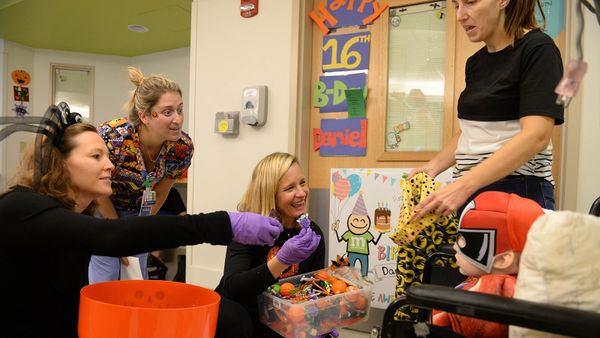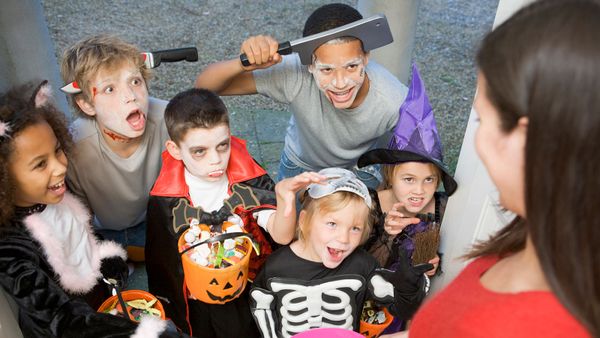Blame Pat Robertson for this one. The televangelist and outspoken host of "The 700 Club" has made a career out of demonizing (literally) Halloween as "a night when the devil rejoices" and warning parents not to let their babies grow up to be "demon worshippers."
In 2015, Robertson explained on "The 700 Club" that Halloween was "the day when millions of children and adults will be dressing up as devils, witches, and goblins to celebrate Satan. They don't realize what they're doing."
Or they absolutely realize what they're doing, which is dressing up like princesses and pirates and trying to eat their weight in sweets.
Halloween-bashing has its roots in the early Catholic church, which tried to squelch pagan practices like Halloween by labeling them as satanic. But fundamentalist Christians like Robertson didn't really start attacking Halloween until the 1980s, possibly as a reaction to the increasing secularization of Christian holidays like Christmas.
According to the Church of Satan website, "Satanists are atheists... We do not believe in Satan as a being or person." While Halloween is one of the big three holidays on the satanic calendar, the website says, it "may be celebrated as a time when one's inner-self might be explored through the use of a costume, or one might recall those of importance in one's life who have died — as was done on that night in European tradition."
Finally, historian Beth Allison Barr has argued that there is actually very little evidence for how Celtic holidays were celebrated, and it is likely that most ancient Halloween practices were rooted in Christian medieval culture rather than paganism.



